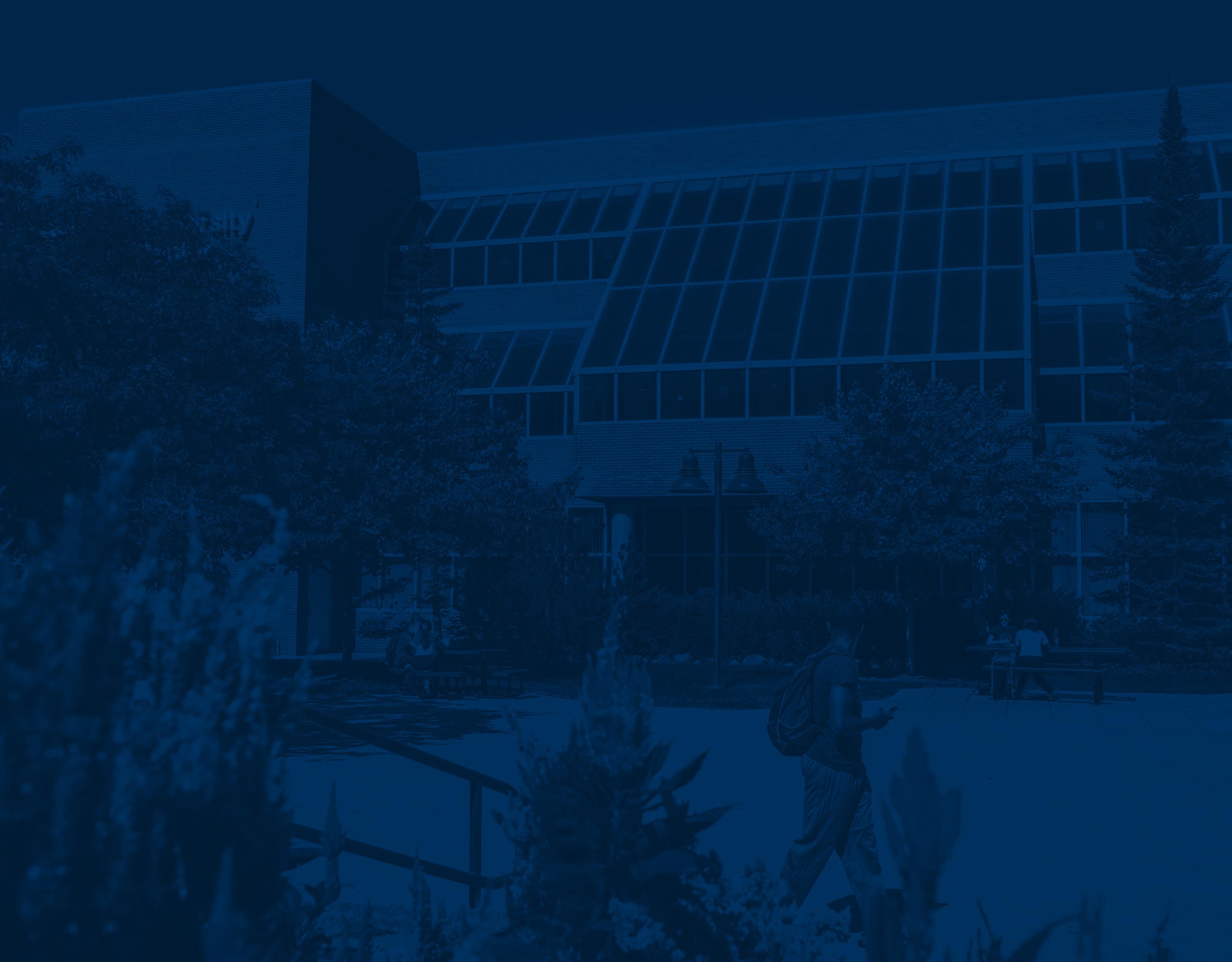
As part of our ongoing efforts to build inclusive digital spaces, it’s important to understand the tools used by people with disabilities to access content-one of the most essential being the screen reader.
What is a Screen Reader?
A screen reader is a software program that enables people who are blind or visually impaired to interact with digital content. It reads aloud the text displayed on the screen using a speech synthesizer, or sends the information to a braille display.
Essentially, it acts as a bridge between the user and the computer’s operating system, applications, and web content—translating what sighted users see on screen into audio or tactile feedback.
Common Screen Readers
Here are some of the most widely used screen readers:
- JAWS (Job Access With Speech): Commercial software from Freedom Scientific, widely used in professional environments.
- NVDA (NonVisual Desktop Access): A free, open-source screen reader for Windows, developed by the non-profit NVAccess.
- TalkBack: The Google screen reader built into Android devices
- VoiceOver: Built into all Apple devices, including MacBooks, iPhones, and iPads.all Apple devices, including MacBooks, iPhones, and iPads.
How Do Screen Readers Work?
Screen reader users rely heavily on the keyboard or a braille display to navigate. They use key commands to:
- Read or spell out a word or sentence
- Navigate through lines or paragraphs
- Identify where the cursor or focus is on the screen
- Search for keywords or elements on the page
- Jump to headings, lists, links, or buttons
Advanced users may also:
- Read specific elements using JAWS (e.g., bold or colored text)
- Navigate menus and form fields
- Check spelling or read cells in spreadsheets
When browsing a website or document, the screen reader typically starts reading from the top. This is why using headings, alt text, and logical structure in your content is so crucial—these help screen reader users navigate efficiently without needing to go through everything line by line.
Want to Hear a Screen Reader in Action?
If you’re curious about how a screen reader sounds and works in real time, the University of California – San Francisco has a great demo video you can watch below. It’s a helpful way to build empathy and see why accessible design matters.